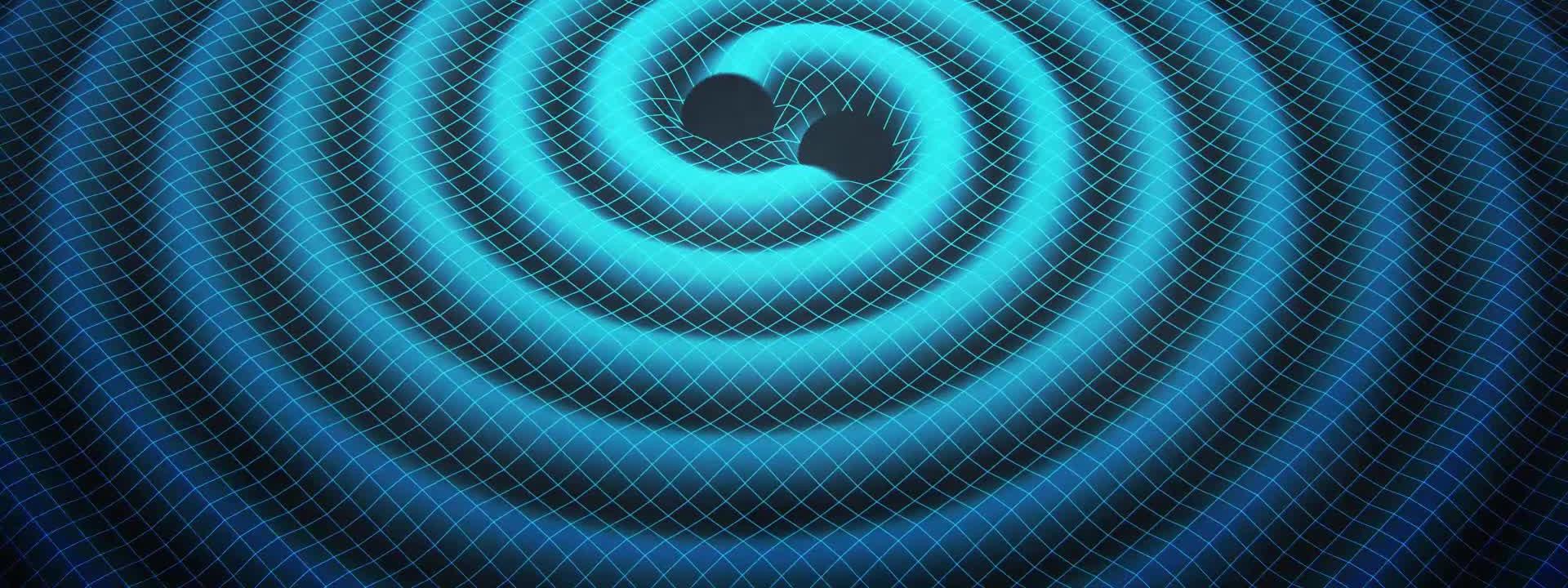
Scientific Highlights
Gravitational Waves Group
Open Positions
Apply to one of our vacancies
Learn more
IFAE Training Program
Courses and activities designed to provide PhD students and young post-docs
Learn more
PhD & Postdoctoral Fellowships
Learn about scholarship opportunities
Learn more
Human Resources
Information on procedures, plans and protocols
Learn more

Gravitational Waves Group